Description
1. Botanical Overview:
-
Botanical Name: Dracaena marginata ‘Colorama’
-
Common Names: Pink Dracaena, Dragon Tree ‘Colorama’, Madagascar Dragon Tree
-
Family: Asparagaceae
-
Native To: Madagascar
2. Appearance:
-
Leaves: Narrow, pointed leaves with striking pink, red, green, and cream stripes along the edges.
-
Color: The vibrant pink margins make this cultivar a standout among Dracaenas.
-
Growth Habit: Upright cane-like stems with tufts of leaves at the top; grows in a tree-like form over time.
-
Size:
-
Indoors: Reaches 4–6 feet tall slowly
-
Outdoors (tropical areas): Can grow up to 15 feet
-
3. Light Requirements:
-
Ideal Light: Prefers bright, indirect sunlight to maintain the vivid pink color.
-
Tolerates: Low light, but leaves may become less colorful (more green).
-
Avoid: Harsh, direct sun—it can scorch the leaves.
4. Watering Needs:
-
Watering Schedule: Water when the top 1–2 inches of soil are dry.
-
Drainage: Requires well-draining soil; do not let it sit in water.
-
Overwatering Warning: Susceptible to root rot, so it’s better to underwater than overwater.
5. Temperature & Humidity:
-
Ideal Temperature: 18–26°C (65–80°F)
-
Avoid: Cold drafts and temperatures below 10°C (50°F)
-
Humidity: Does well in normal indoor humidity but appreciates occasional misting in dry environments.
6. Soil & Potting:
-
Soil Type: Well-draining potting mix, preferably one formulated for houseplants or palms.
-
Repotting: Every 2–3 years or when roots become bound.
-
Pot Type: Use containers with good drainage holes.
7. Fertilization:
-
When to Feed: During spring and summer (growing season), feed every 4–6 weeks.
-
Type: Use a balanced liquid houseplant fertilizer at half strength.
-
Avoid: Over-fertilizing, which can cause leaf tip burn.
8. Toxicity:
-
Pets: Toxic to cats and dogs. Ingestion can cause vomiting, drooling, and lethargy.
-
Humans: Generally safe unless ingested in large quantities.
9. Air Purifying Qualities:
-
NASA Air Study: Listed as one of the top indoor air-purifying plants, capable of removing toxins such as formaldehyde, benzene, and trichloroethylene.
10. Common Issues:
-
Brown Leaf Tips: Often caused by fluoride in tap water, low humidity, or salt buildup.
-
Yellow Leaves: Can indicate overwatering or poor drainage.
-
Pests: Occasionally attracts spider mites, scale, or mealybugs—especially in dry conditions.
11. Benefits & Uses:
-
Aesthetic Appeal: A dramatic, colorful plant that adds a modern, tropical flair to interiors.
-
Low Maintenance: Great for beginners who want a splash of color without constant care.
-
Versatile: Works well as a floor plant, in containers, or even grouped in multi-stem arrangements for fuller effect.
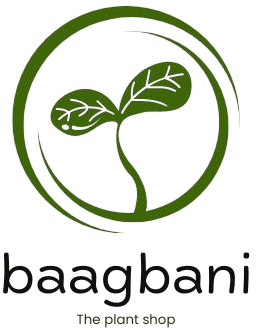


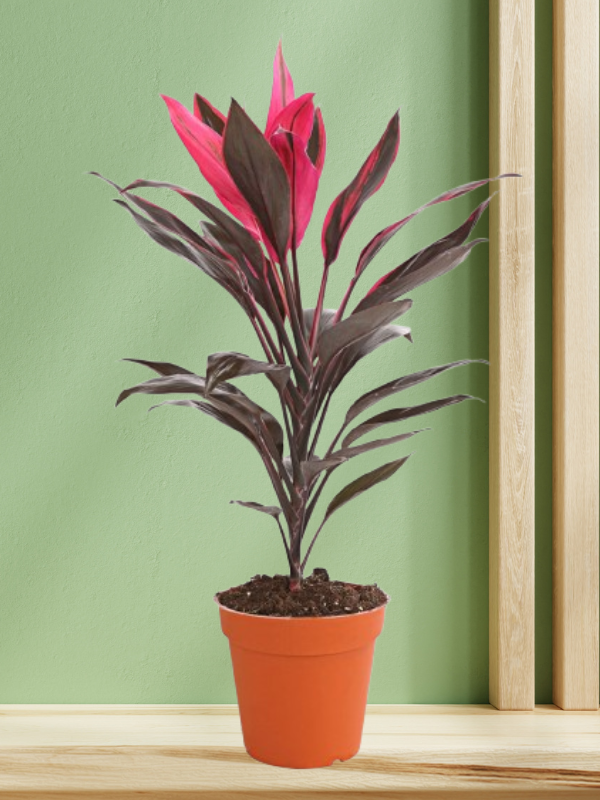


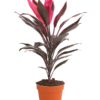
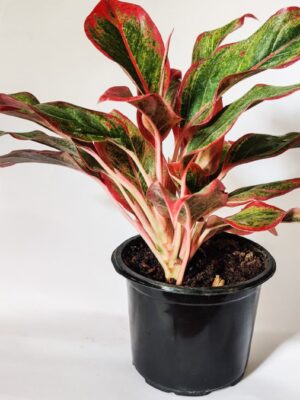
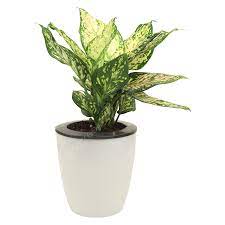
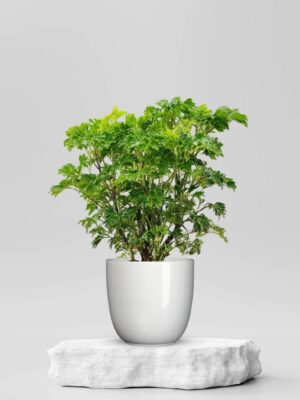
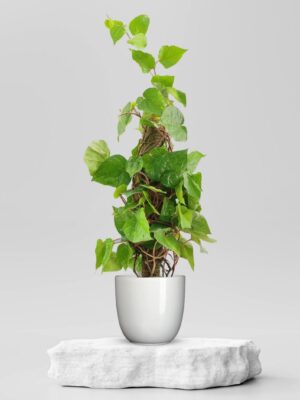
Reviews
There are no reviews yet.